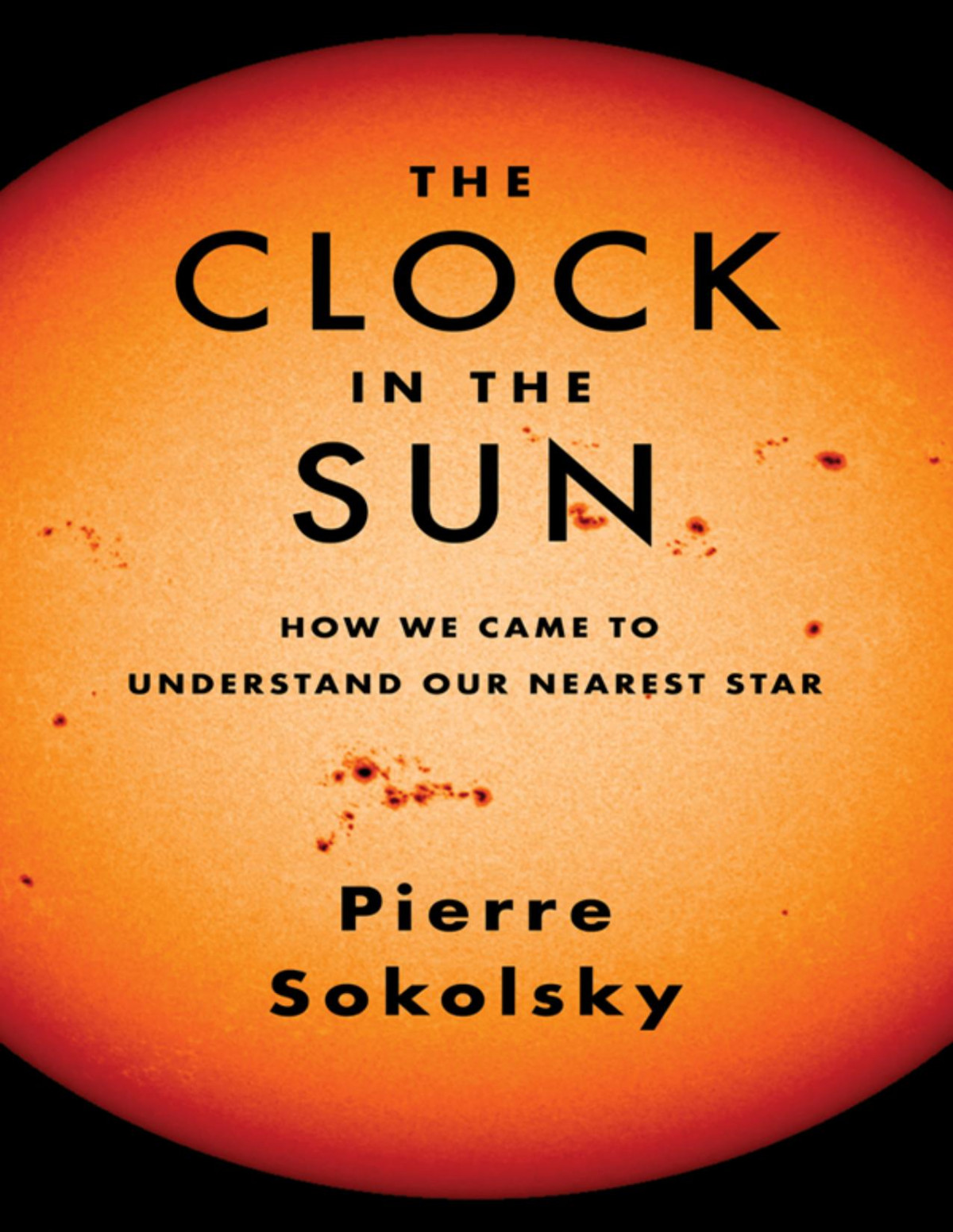

Most ebook files are in PDF format, so you can easily read them using various software such as Foxit Reader or directly on the Google Chrome browser.
Some ebook files are released by publishers in other formats such as .awz, .mobi, .epub, .fb2, etc. You may need to install specific software to read these formats on mobile/PC, such as Calibre.
Please read the tutorial at this link: https://ebookbell.com/faq
We offer FREE conversion to the popular formats you request; however, this may take some time. Therefore, right after payment, please email us, and we will try to provide the service as quickly as possible.
For some exceptional file formats or broken links (if any), please refrain from opening any disputes. Instead, email us first, and we will try to assist within a maximum of 6 hours.
EbookBell Team

5.0
90 reviewsOn the surface of the Sun, spots appear and fade in a predictable cycle, like a great clock in the sky. In medieval Russia, China, and Korea, monks and court astronomers recorded the appearance of these dark shapes, interpreting them as omens of things to come. In Western Europe, by contrast, where a cosmology originating with Aristotle prevailed, the Sun was regarded as part of the unchanging celestial realm, and it took observations through telescopes by Galileo and others to establish the reality of solar imperfections. In the nineteenth century, amateur astronomers discovered that sunspots ebb and flow about every eleven years—spurring speculation about their influence on the weather and even the stock market.
Exploring these and many other crucial developments, Pierre Sokolsky provides a history of knowledge of the Sun through the lens of sunspots and the solar cycle. He ranges widely across cultures and throughout history, from the earliest recorded observations...
On the surface of the Sun, spots appear and fade in a predictable cycle, like a great clock in the sky. In medieval Russia, China, and Korea, monks and court astronomers recorded the appearance of these dark shapes, interpreting them as omens of things to come. In Western Europe, by contrast, where a cosmology originating with Aristotle prevailed, the Sun was regarded as part of the unchanging celestial realm, and it took observations through telescopes by Galileo and others to establish the reality of solar imperfections. In the nineteenth century, amateur astronomers discovered that sunspots ebb and flow about every eleven years—spurring speculation about their influence on the weather and even the stock market. Exploring these and many other crucial developments, Pierre Sokolsky provides a history of knowledge of the Sun through the lens of sunspots and the solar cycle. He ranges widely across cultures and throughout history, from the earliest recorded observations of sunspots in Chinese annals to satellites orbiting the Sun today, and from worship of the Sun as a deity in ancient times to present-day scientific understandings of stars and their magnetic fields. Considering how various thinkers sought to solve the puzzle of sunspots, Sokolsky sheds new light on key discoveries and the people who made them, as well as their historical and cultural contexts. Fast-paced, comprehensive, and learned, The Clock in the Sun shows readers our closest star from many new angles.
Pierre Sokolsky is an experimental particle astrophysicist. He is distinguished professor of physics and astronomy emeritus at the University of Utah, where he was also dean of the College of Science. Sokolsky is a fellow of the American Physical Society, a Guggenheim Foundation Fellow, and a recipient of the American Physical Society’s Panofsky Prize in High Energy Physics.